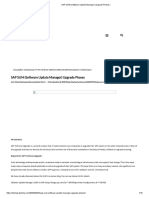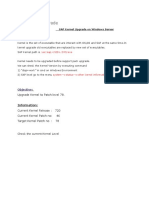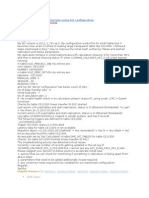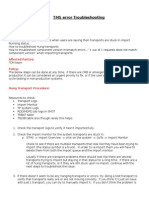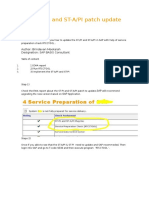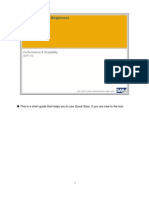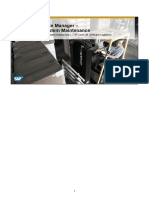0% found this document useful (0 votes)
420 views2 pagesSAP SUM Tool Phases Guide
The document outlines the five phases of the SAP SUM Tool process: Extraction, Configuration, Checks, Pre-Processing, and Execution. Extraction involves extracting files and credentials. Configuration involves setting upgrade parameters. Checks validate space and modifications. Pre-Processing runs pre-tasks like checking locks. Execution performs the actual upgrade by merging the shadow instance into the main instance during downtime.
Uploaded by
Ramanji ankamCopyright
© © All Rights Reserved
We take content rights seriously. If you suspect this is your content, claim it here.
Available Formats
Download as PDF, TXT or read online on Scribd
0% found this document useful (0 votes)
420 views2 pagesSAP SUM Tool Phases Guide
The document outlines the five phases of the SAP SUM Tool process: Extraction, Configuration, Checks, Pre-Processing, and Execution. Extraction involves extracting files and credentials. Configuration involves setting upgrade parameters. Checks validate space and modifications. Pre-Processing runs pre-tasks like checking locks. Execution performs the actual upgrade by merging the shadow instance into the main instance during downtime.
Uploaded by
Ramanji ankamCopyright
© © All Rights Reserved
We take content rights seriously. If you suspect this is your content, claim it here.
Available Formats
Download as PDF, TXT or read online on Scribd
/ 2
